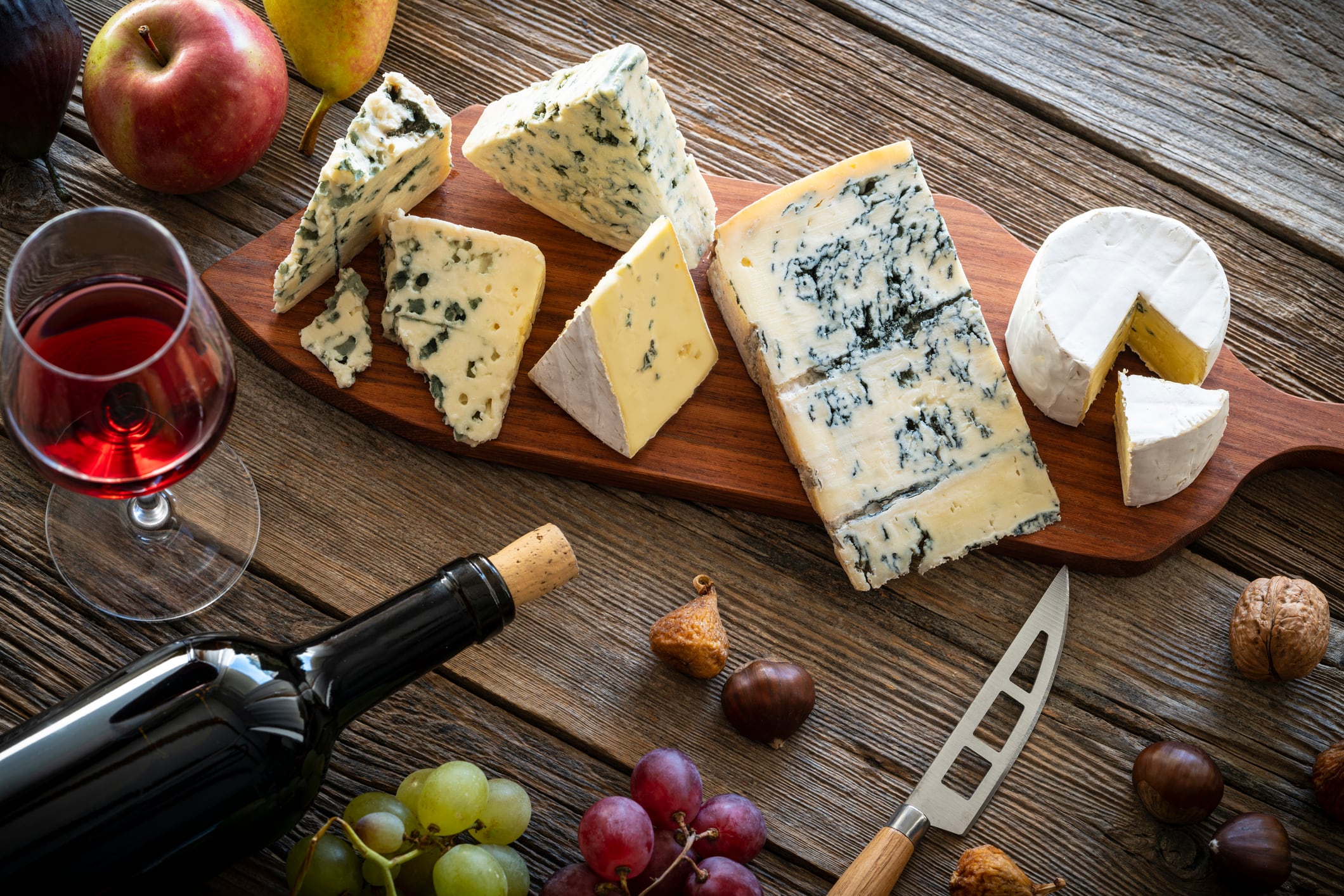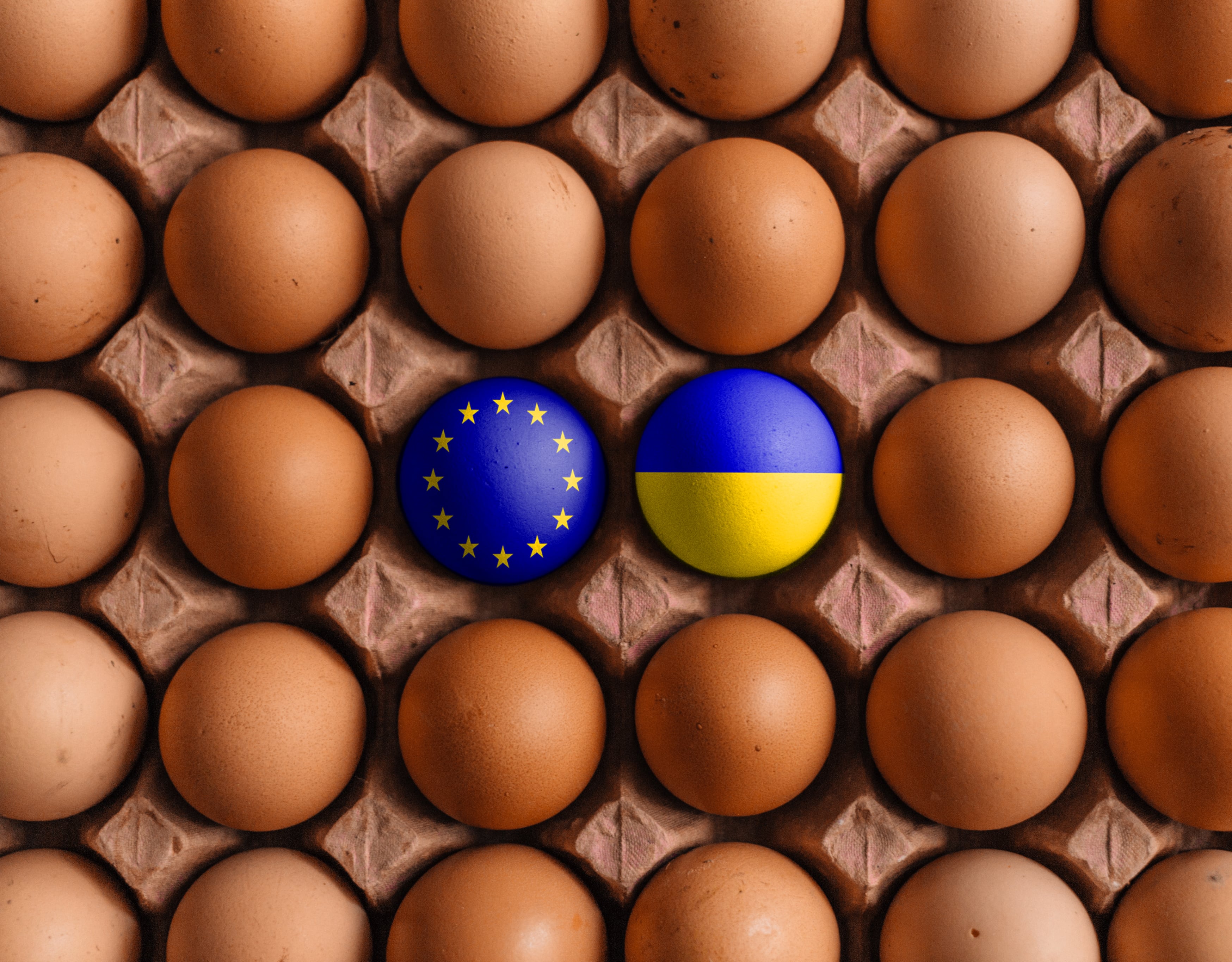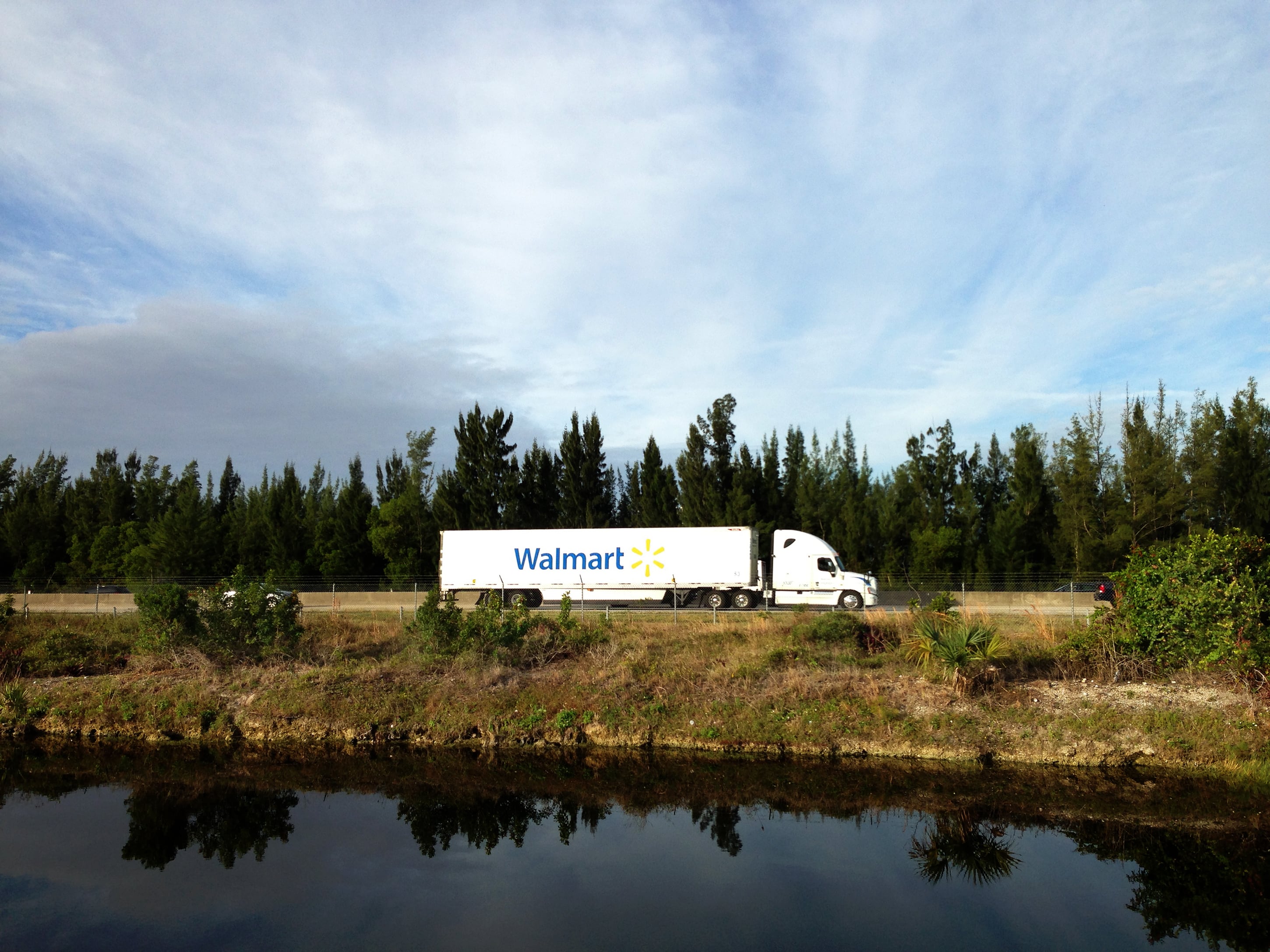Once again, US President Donald Trump has threatened to place tariffs on EU goods. This time, they could be 30%, across the board. If implemented they will hit the bloc from August 1.
The announcement came via a letter posted on Trump’s social media platform, Truth Social, while EU trade negotiations with the US were still ongoing.
Trump suggested that if the EU brings in retaliatory tariffs, this number will simply be added on to the US’s total.
How could such tariffs hit the EU’s food sector? How will companies respond?
How tariffs could hit food
The food industry is deeply concerned about the potential impact of these tariffs on the sector.
“Further escalation in the form of additional tariffs would seriously jeopardise the €27.9bn EU food and drink trade with the US — the EU’s second-largest export market — harming European producers and farmers, while raising costs and limiting choices for American businesses and consumers," said industry association FoodDrinkEurope in a statement.
A 30% tariff would be “devastating” for sectors that export extensively to the US, such as cheese, wine, and olive oil, suggests Simon Geale, executive vice president of supply chain consultancy firm Proxima.
“You can’t cost save your way to 30%,” he points out, stressing the financial toll the tariff would take on these sectors. While it’s possible to save costs here and there, inevitably anyone importing to the US will see increased costs.
Of course, to a certain extent companies can pass these costs on to consumers, but tolerance for increased prices does not stretch forever, as can be seen with the widespread dissatisfaction over existing inflationary pressures on groceries.

How food has responded to tariffs
Food manufacturers, since Trump postponed many of the tariffs he announced in April, have been working to mitigate the effects of their anticipated return.
Manufacturers of non-perishable foods have been rushing to ship them into the US before tariffs are implemented.
There was a significant spike in warehousing costs during this period, Geale explains, especially in cold storage and bonded warehousing (where goods can be stored without the immediate payment of duties or VAT).

Companies were also trying to change or reformulate products in order to reduce costs, for example aiming to avoid alcohol duties or additional tariffs on packaging.
As well as the product itself, manufacturers looked at broader cost savings across their organisations, although Geale points out that this is significantly easier for larger businesses.
How food could respond to tariffs in the future
There are medium and long-term solutions to the problem of tariffs.
Finding alternative markets is one solution, suggests Geale. Europe already has penetration in some markets, such as the Mercosur countries, which have recently agreed trade deals with multiple European trading blocs, as well as China and India.
However, there are still significant challenges. Firstly, Geale points out, “you have to account for local tastes,” and people won’t always accept new products. Furthermore, increasing your presence within a market cannot be done overnight – it takes a lot of time.
Some food sectors, such as Scotch whisky and speciality drinks, could gain a foothold more easily, he suggests. But considering the scale of EU food exports to the US, switching the entire trade between the two blocs to other markets in the short term is just not feasible.
Will EU food move to the US?
In the past, Trump suggested he hopes tariffs will push more companies to set up production in the US. However, with many of the most keenly affected food products, this will be difficult, due to the fact that their appeal is so bound up with where they’re from.
“A very limited section of food manufacturers will be able to” move to the US,” Geale suggests. For many products whose identity is linked to their origin – Scotch whisky, for example, or Greek olive oil – it “just doesn’t translate.”
He continues: “a lot of the success that we have with food into the US is because it’s speciality, because it’s niche, because it has different origins to 95% of what’s on the shelves or on the menu.”
A more feasible scenario might be that only later stages of production get moved to the US – products may be shipped raw or in liquid form in order to be packaged and bottled with the States. Tariffs in these cases may be lower.
How much does market uncertainty harm the food sector?
In the past, tariffs announced by President Trump have not always been implemented. Nevertheless, their announcement creates market uncertainty, putting pressure on industry.
Uncertainty, in and of itself, will already have pushed some companies out of the market, explains Geale. Some may even have folded.
While some businesses have looked ahead and implemented measures to mitigate tariffs when they hit, preparation costs money, especially in a time when businesses are looking to save it.
However, Geale suggests, if the tariffs are not put in place for long enough, a sense of normality may well return.
“Let’s wait and see.”





